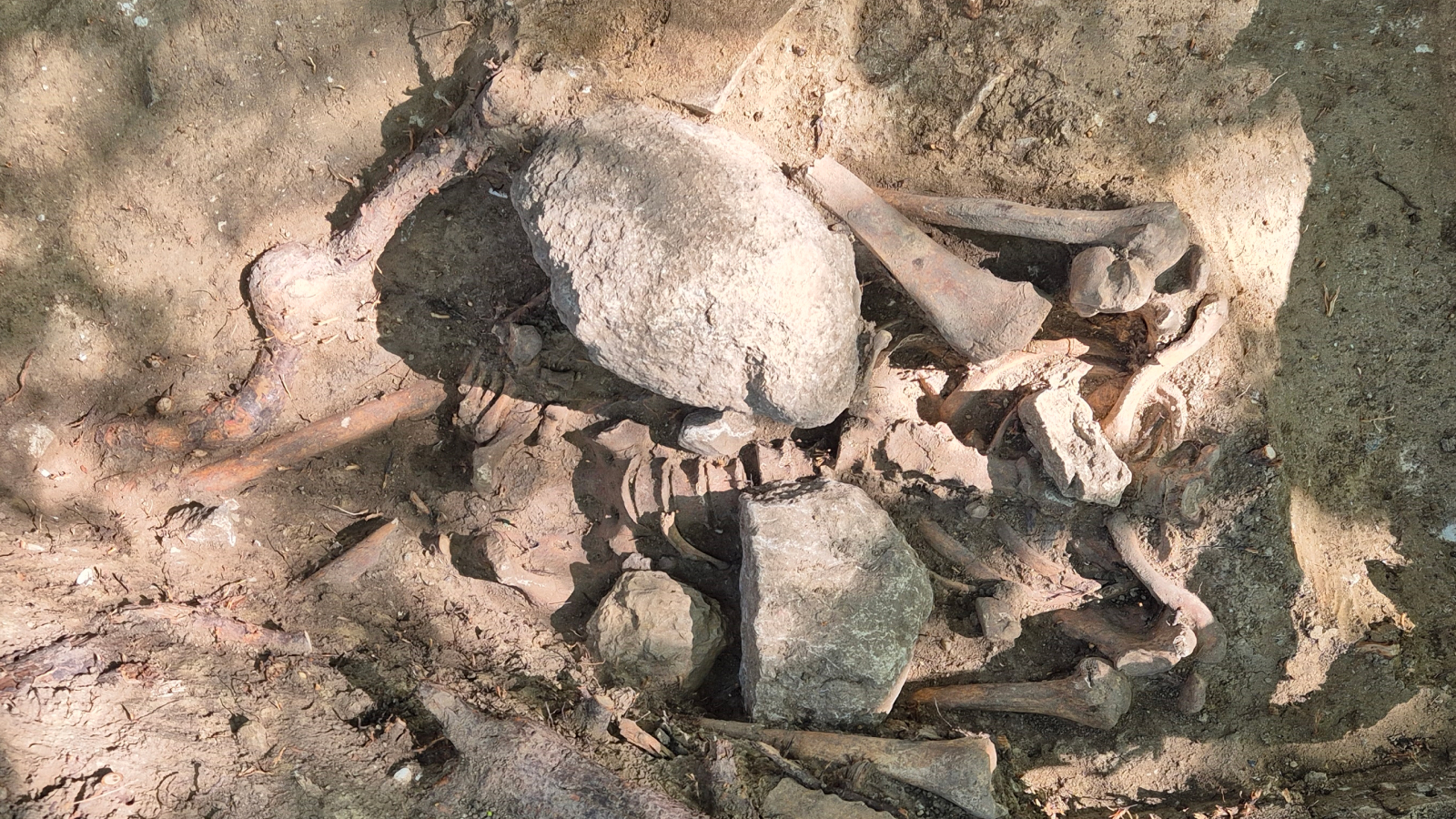Cells, Vol. 12, Pages 873: Molecular Signature of Long Non-Coding RNA Associated with Areca Nut-Induced Head and Neck Cancer
Cells doi: 10.3390/cells12060873
Authors: Hung-Han Huang Guo-Rung You Shang-Ju Tang Joseph T. Chang Ann-Joy Cheng
The areca nut is a high-risk carcinogen for head and neck cancer (HNC) patients in Southeast Asia. The underlying molecular mechanism of areca nut-induced HNC remains unclear, especially regarding the role of long non-coding RNA (lncRNA). This study employed a systemic strategy to identify lncRNA signatures related to areca nut-induced HNC. In total, 84 cancer-related lncRNAs were identified. Using a PCR array method, 28 lncRNAs were identified as being dysregulated in HNC cells treated with areca nut (17 upregulated and 11 downregulated). Using bioinformatics analysis of The Cancer Genome Atlas Head-Neck Squamous Cell Carcinoma (TCGA-HNSC) dataset, 45 lncRNAs were differentially expressed in tumor tissues from HNC patients (39 over- and 6 under-expressions). The integrated evaluation showed 10 lncRNAs dysregulated by the areca nut and altered expression in patients, suggesting that these panel molecules participate in areca nut-induced HNC. Five oncogenic (LUCAT1, MIR31HG, UCA1, HIF1A-AS2, and SUMO1P3) and tumor-suppressive (LINC00312) lncRNAs were independently validated, and three key molecules were further examined. Pathway prediction revealed that LUCAT1, UCA1, and MIR31HG modulate multiple oncogenic mechanisms, including stress response and cellular motility. Clinical assessment showed that these lncRNAs exhibited biomarker potentials in diagnosis (area under the curve = 0.815 for LUCAT1) and a worse prognosis (both p < 0.05, survival analysis). Cellular studies further demonstrated that MIR31HG facilitates areca nut-induced cancer progression, as silencing this molecule attenuated arecoline-induced invasion ability in HNC cells. This study identified lncRNA signatures that play a role in areca nut-induced HNC. These molecules may be further applied in risk assessment, diagnosis, prognosis, and therapeutics for areca nut-associated malignancies.

 1 year ago
31
1 year ago
31


